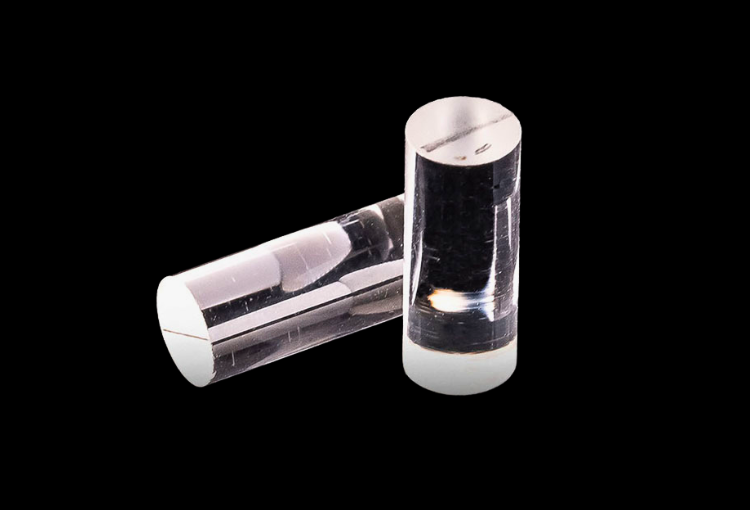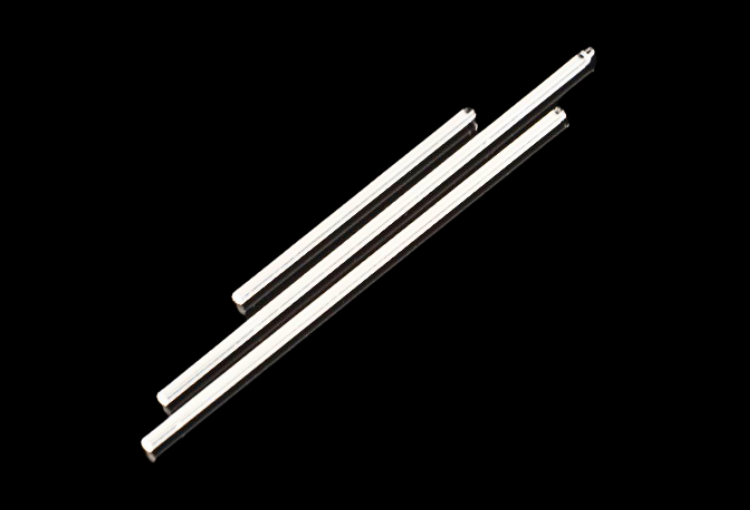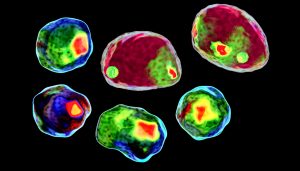Key Takeaways
- Rod Lenses in Endoscopy facilitate light transmission and are crucial components for internal visualization, offering customized options tailored to specific endoscopic needs.
- Tailored to specific requirements, customized rod lenses enhance image magnification, aiding in accurate diagnosis and treatment during endoscopic examinations.
- Endoscopy, utilizing rod lenses, offers non-invasive alternatives to traditional surgical methods, reducing patient discomfort and promoting faster recovery.
- Rod lens provides real-time imaging, allowing physicians to navigate the endoscope and perform interventions such as biopsies or polyp removal with precision and efficiency.
Advancing Endoscopic Imaging with Rod Lenses in Endoscopy
Rod optics play a crucial role in endoscopy examinations by facilitating the transmission of light and the formation of images, allowing physicians to visualize the internal structures of the body. Here’s how rod lenses function in endoscopy:
- Image Magnification: Rod lenses consist of multiple optical elements that magnify the image. They help enlarge the field of view, allowing physicians to see detailed structures and abnormalities more clearly. This magnification is essential for the accurate diagnosis of conditions and the visualization of fine details.
- Non-Invasive Visualization: Endoscopy procedures are non-invasive, meaning they do not require major incisions or surgeries. Instead, the endoscope, equipped with rod lenses, is inserted into the body through natural orifices (e.g., the mouth, nose, or rectum) or small incisions (in minimally invasive procedures). This approach minimizes patient discomfort, reduces complications, and shortens recovery times compared to traditional surgical methods.
- Precise Diagnosis and Treatment: The images captured by rod lenses are displayed on a video monitor in real-time, allowing the physician to observe and assess the internal structures as they navigate the endoscope. This real-time visualization enables accurate diagnosis and timely decision-making. Additionally, endoscopic procedures may include interventions such as biopsies, coagulation, or the removal of polyps, all of which can be performed with the guidance of the endoscope’s imagery.
Rod lenses are integral components of endoscopy examinations, as they enable the transmission of light, image magnification, and real-time visualization of internal body structures. This technology supports the accurate diagnosis and treatment of medical conditions while minimizing invasiveness and improving patient outcomes.


Crafting Customized Rod Lenses for Precision Optics
Avantier can customize rod lenses to meet specific requirements and applications through various manufacturing and design processes. Here’s an overview of how we can customize rod lenses:
- Material Selection: The customization process often starts with the selection of appropriate optical materials. The choice of material depends on factors like wavelength, refractive index, and environmental conditions. Avantier can provide guidance on material selection based on the intended use.
- Design and Specifications: Customers can work closely with us to define the specifications of the rod lenses. This includes determining the dimensions (length, diameter), curvature, and magnification properties. Our engineers and designers can create a design that meets the customer’s specific needs.
- Coating: Coatings are applied to the lens surfaces to enhance their optical properties. Custom coatings can be tailored to improve light transmission, reduce reflections, or provide protection against environmental factors. The choice of coating depends on the application and desired performance characteristics.
- Quality Control: Custom optics companies have stringent quality control processes to ensure that the manufactured rod lenses meet the specified tolerances and performance criteria. This may involve testing for factors like optical clarity, surface quality, and precision of dimensions.
- Prototyping: Before mass production, a prototype may be developed and tested to verify that the customized rod lenses perform as expected. This step allows for adjustments and refinements to be made if necessary.
- Volume Manufacturing: Once the design and prototype have been approved, the custom optics company can proceed with volume manufacturing. This may involve precision machining, polishing, and coating processes to produce the desired number of the lenses.
Conclusion
In conclusion, rod lenses are indispensable in modern endoscopy, enabling effective light transmission, image magnification, and non-invasive visualization. Their customization ensures tailored solutions for specific medical applications, ultimately contributing to improved diagnostic accuracy and patient care. Please contact us if you’d like to schedule a consultation or request for quote on your next project.
GREAT ARTICLE!
Share this article to gain insights from your connections!




